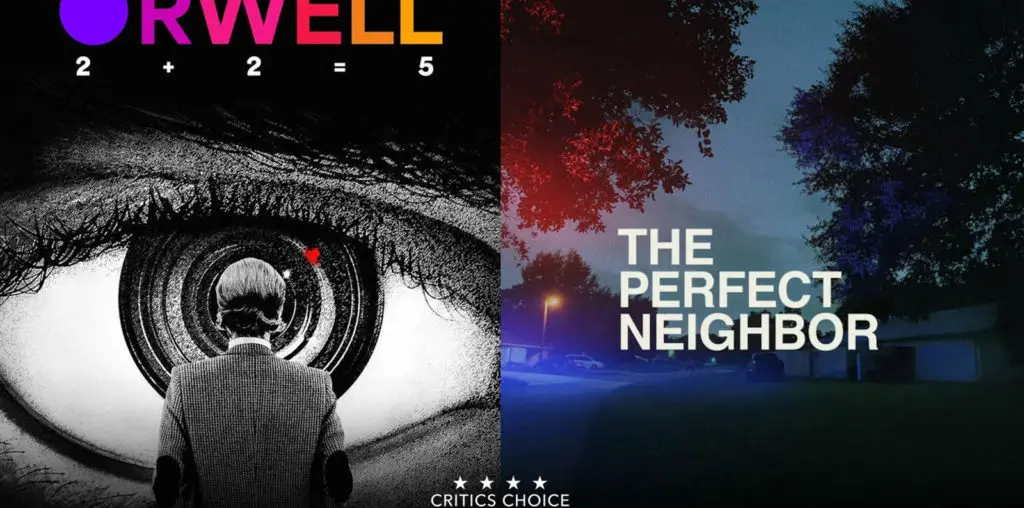
BOOTLEG FILES 574: “Distant Thunder” (1973 film from the great Indian director Satyajit Ray).
LAST SEEN: The film is on YouTube.
AMERICAN HOME VIDEO: None.
REASON FOR BOOTLEG STATUS: One of too many Ray films that are absent from U.S. release.
CHANCES OF SEEING A COMMERCIAL DVD RELEASE: Hello, The Criterion Collection?
India’s great filmmaker Satyajit Ray still remains a mostly elusive figure to American audiences. While some of his major works have been available in home entertainment channels, the majority of his output is not easily accessible. One his most important works is the 1973 drama “Distant Thunder.” Although it won numerous awards and was mostly praised by the critics, “Distant Thunder” has yet to see a proper U.S. release on DVD. Mercifully, Ray completists are able to experience this work via an unauthorized posting on YouTube, where the film is available under its Bengali title, “Asani Sanket.”
“Distant Thunder” is one of the very few films to detail one of the most horrific tragedies of World War II, the 1943 famine that resulted in the deaths of between three million and five million people. However, this event is barely known to Americans – and considering its death toll rivaled that of the Holocaust, which was taking place simultaneously in Europe, the fact that this tragedy is not common knowledge on this side of the Atlantic is astonishing.
The film is set in a poor and isolated Bengal village in the mid-1940s, though one could easily assume it takes place in an earlier century. There is little evidence of the modern world in this setting – from the rigid caste system to the muddy streets, it looks like time stood still in this setting – and only the occasional sight of “flying ships” traveling across the skies provides a reminder that the people are in the middle of the 20th century.
Into this village arrives Gangacharan, an educated Brahmin who serves multiple purposes as a teacher, a religious leader and a physician. The villagers support his work with a meager compensation. Gangacharan’s wife Ananga is sensitive and sweet, and but this demeanor hides a steely reserve that will soon make itself known.
Gangacharan and the village’s elders speak about a war that is going on elsewhere in Asia, but they have few details to grasp – there is uncertainty whether the British are fighting the Japanese or the Germans for the defense of Singapore. Indeed, few of them ever heard of Singapore and cannot locate it on a map. The war has no resonance in their lives at first, until word arrives that the Japanese invasion of Burma has created a major disruption in the food supply to India. (The roots of the 1943 were actually far more complex, but the film avoids going into the social and political depths of this subject.)
Slowly, the villagers become aware that rice is becoming an increasingly expensive commodity. An elderly man from another village arrives at Gangacharan’s home while he is away, and Ananga feeds him (perhaps a bit too well) when he speaks of starving due to the lack of food in his community. Within the village, the price of rice begins to rise quickly, and Gangacharan’s position at the top of the caste system is shaken when he is assaulted during a riot at a rice merchant’s stall. The conversations in the village eventually become centered on food, and some people go through desperate measures to ensure they are fed. One married woman allows herself to become the lover of an outcast with a badly burned face in order to gain access to his hoarded rice. Ananaga breaks with precedent and takes work outside of her home to earn money to buy the increasingly pricey rice. And Gangacharan walks 14 miles to another village in the hopes of purchasing rice, only to be turned away by a merchant who refuses to sell any of his inventory due to the growing scarceness of this dietary staple.
Death finally comes to the village when a woman of the untouchable caste perishes from starvation outside of Gangacharan’s home. Although it is a violation of the caste rules, he touches the woman to search for a pulse, but he realizes she has gone and he arranges for her creamtion. The film closes with a ray of hope (Ananga’s quiet announcement of her pregnancy) and a dismal reality of greater wreckage (a family moves in silhouette against the evening sky as they abandon their village in search of someplace where they can obtain a meal).
Only a filmmaker of Ray’s skills could take a harsh subject like famine and frame it with a degree of intimacy that creates a small human drama from an epic catastrophe. The desperation of the villagers grows incrementally, but it never spikes to operatic decibels. Even the riot in the market is staged with a minimalism that downplays the urgent violence – the eruption is brief enough to make an impact without derailing the sensitive nature of the story.
But, sadly, “Distant Thunder” has a few hiccups that keeps it from being among Ray’s greatest works. The key problem is Gangacharan, a poorly conceived character who is so detached and impotent for much of the film that it is impossible to relate to him as a character. The performance by Soumitra Chatterjee never truly registers, and the softness of this central role keeps the drama from achieving its full depth.
There are also a few potholes in the story that fail to add to the texture of the production, most notably an attack by a miscreant against Ananga in a forest and the subplot of the outcast man with the burned face – these detours add a sour element that fail to enhance the story. And while Ray’s long-overdue return to color cinematography helped bring him into step with his peers, it is a shame that the film was not shot in black-and-white – the starkness of the grim fate of the villagers would have been better served in an appropriately monochromatic setting.
Most American critics were impressed with “Distant Thunder” upon its arrival in the U.S. Pauline Kael used her column in The New Yorker to praise it as “full of feeling and astonishingly beautiful,” while Vincent Canby of The New York Times felt that Ray created a work that both grand and intimate, claiming that a viewer would feel they have “somehow been able to see simultaneously the curvature of the earth and the insects on the blades of field grass.” But the film had one significant detractor: Dave Kehr at The Chicago Reader saw this work as a “curiously unmoving social document.”
Yet most Americans never saw “Distant Thunder.” Outside of a pair of New York Film Festival screenings in 1973 and a few other festival presentations the following year, it was not in theatrical release until 1975, and only then in a brief and spotty art house distribution. PBS broadcast the film in 1978, but the print that was used had weak subtitles that made much of the work unintelligible to non-Bengali speakers.
Still, flawed Ray is better than no Ray. And maybe a label like The Criterion Collection (which has already brought several long-unavailable Ray titles to the U.S.) will work its magic again and add this film to its line-up? Hey, that sounds like a good idea to me.
IMPORTANT NOTICE: While this weekly column acknowledges the presence of rare film and television productions through the so-called collector-to-collector market, this should not be seen as encouraging or condoning the unauthorized duplication and distribution of copyright-protected material, either through DVDs or Blu-ray discs or through postings on Internet video sites.

